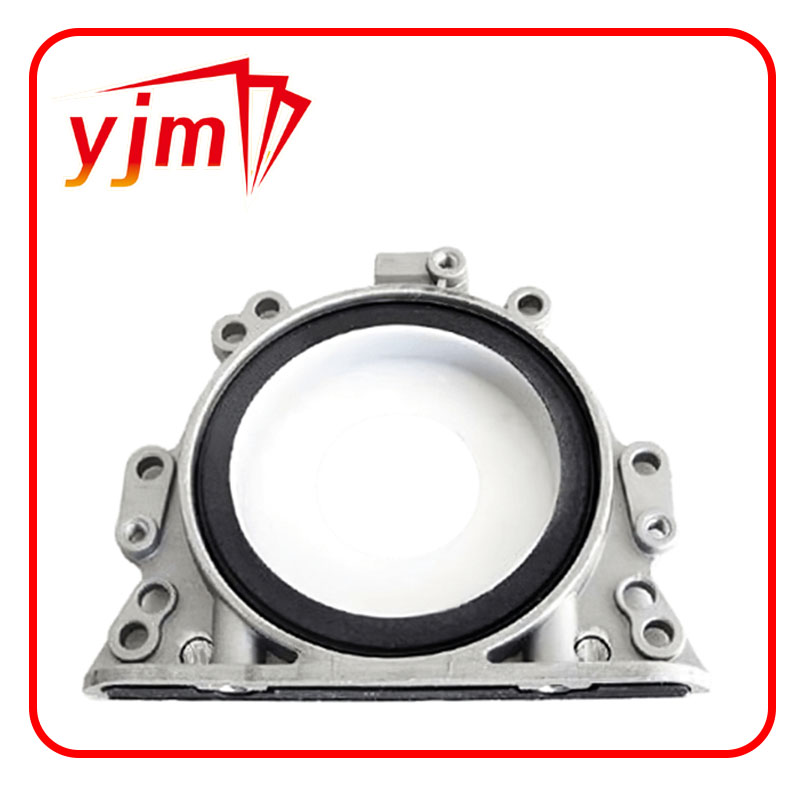car engine oil seal
Understanding Car Engine Oil Seals
Car engine oil seals are crucial components that play a vital role in maintaining the overall health and performance of an engine. These seals are designed to regulate the flow of oil within the engine, preventing leaks and ensuring that the engine runs smoothly. Understanding the function and importance of these seals can help vehicle owners appreciate their role in engine maintenance and longevity.
The Function of Oil Seals
Oil seals are typically made of rubber or other flexible materials that can withstand high temperatures and pressures. Their primary function is to seal the spaces between moving parts in the engine, such as the crankshaft and camshaft. By doing so, they prevent engine oil from leaking out and dirt or contaminants from entering the engine. Moreover, oil seals help in maintaining the correct oil pressure, which is essential for optimal engine performance.
Common Types of Oil Seals
There are various types of oil seals used in car engines, each designed for specific applications
. The most common types include1. Crankshaft Seals Located at the front and rear of the crankshaft, these seals prevent oil from leaking out of the engine. They are crucial for maintaining oil levels and preventing contamination.
car engine oil seal

2. Camshaft Seals These seals are situated at the ends of the camshaft and serve a similar purpose as crankshaft seals. They ensure that oil remains contained within the engine, providing lubrication to the moving parts.
3. Transmission Seals Although not part of the engine per se, transmission seals also play a vital role in maintaining fluid levels within the transmission, preventing leakage and ensuring smooth operation.
Signs of Worn or Damaged Oil Seals
Over time, oil seals can wear out due to heat, pressure, and exposure to engine oil. A few common symptoms of worn or damaged oil seals include
- Oil Leaks Puddles of oil under the vehicle are a clear sign that an oil seal may be failing. - Low Oil Levels Frequent oil top-ups may indicate that the oil is leaking out due to compromised seals. - Engine Performance Issues Reduced oil pressure can lead to engine performance problems, signaling that an oil seal may need inspection or replacement.
Conclusion
Maintaining the health of engine oil seals is essential for the performance and longevity of any vehicle. Regular inspections and prompt replacements of worn seals can prevent serious engine problems and costly repairs. By understanding the function of these seals and recognizing the signs of wear, car owners can take proactive steps in ensuring their engine runs efficiently for years to come. Proper maintenance of oil seals is not just an option; it's a necessity for any responsible car owner.
-
Simplifying Oil Changes: A Comprehensive Guide to Oil Drain Plugs and Their Variants
News Aug.04,2025
-
Mastering Oil Drain Maintenance: Solutions for Stripped, Worn, and Upgraded Oil Plugs
News Aug.04,2025
-
Fixing Oil Pan Plug Issues: Leaks, Stripped Nuts, and the Right Replacement Solutions
News Aug.04,2025
-
Everything You Need to Know About Oil Drain Plugs: Sizes, Fixes, and Upgrades
News Aug.04,2025
-
Choosing the Right Oil Drain Plug: A Guide to Sizes, Materials, and Drain Innovations
News Aug.04,2025
-
A Complete Guide to Automotive Drain Plugs: Types, Problems, and Innovative Solutions
News Aug.04,2025
-
The Ultimate Guide to Car Repair Kits: Tools and Essentials Every Driver Should Own
News Aug.01,2025
Products categories















